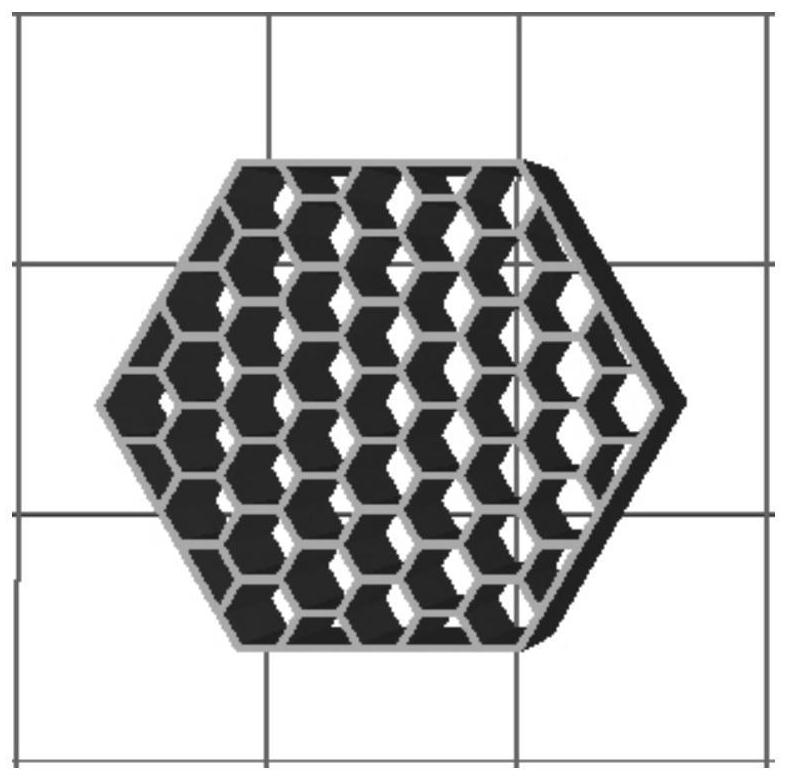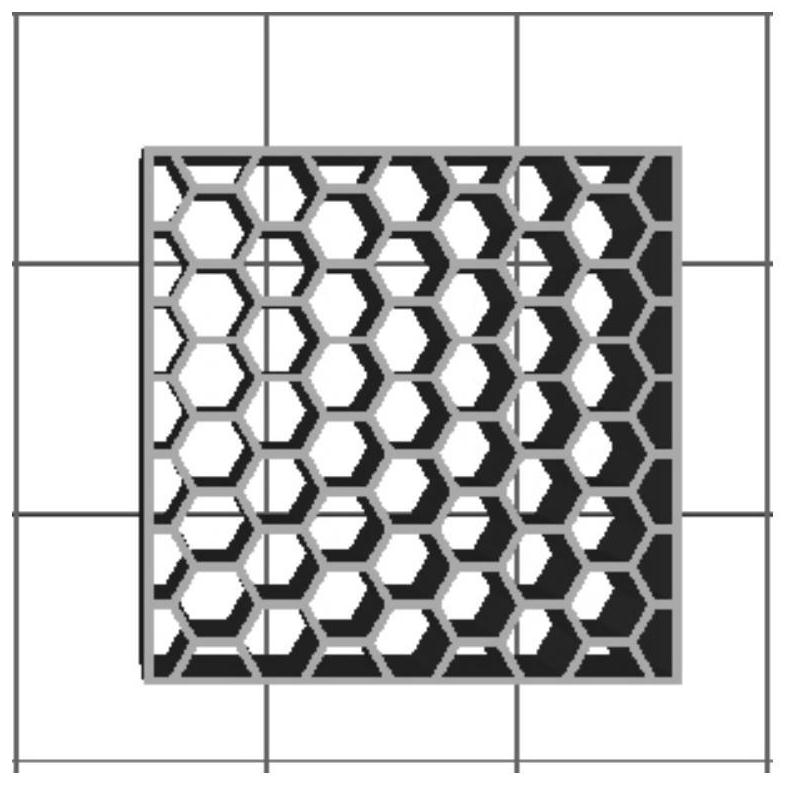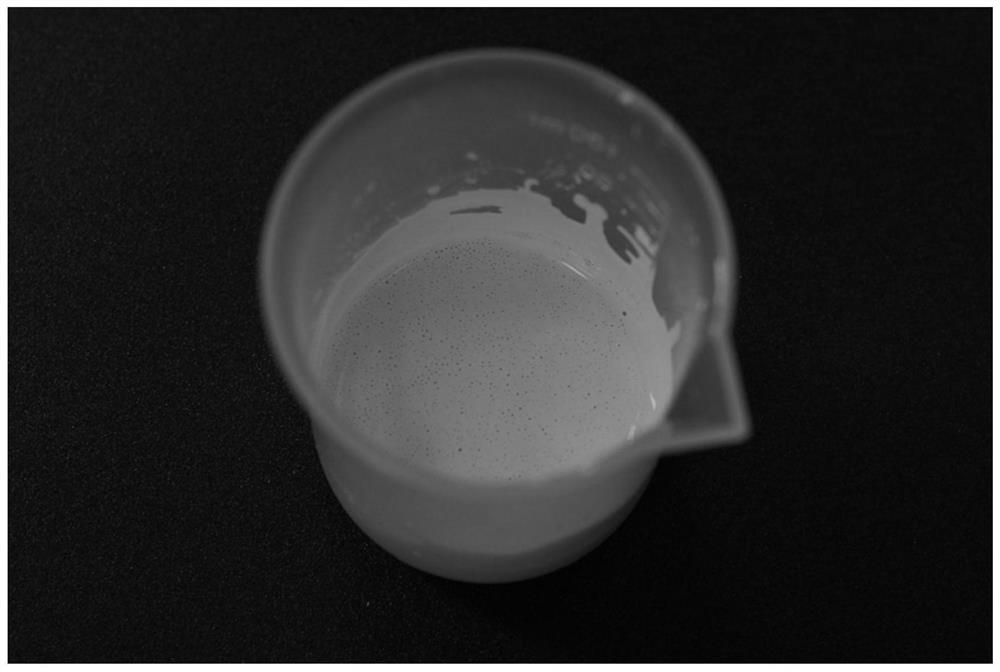A preparation method of bioactive porous hydroxyapatite/barium titanate composite ceramics based on 3D printing
A hydroxyapatite, 3D printing technology, applied in medical applications, 3D printing technology and bioceramic fields, can solve the problems of low precision, difficulty, simple structure, etc., and achieve the effects of accurate precision, low cost and high molding rate
- Summary
- Abstract
- Description
- Claims
- Application Information
AI Technical Summary
Problems solved by technology
Method used
Image
Examples
example 1
[0028] 1. Use Solidworks, Rhino and other three-dimensional modeling software to design the required porous structure, and calculate its porosity, adjust according to the mechanical simulation results of the finite element analysis software ABAQUS, and obtain the structural model with the best porosity.
[0029] 2. Configure the special slurry required for printing, use photosensitive resin as the solvent, add appropriate amount of barium titanate powder, hydroxyapatite powder, binder, photoinitiator, photopolymerizer in sequence, mix thoroughly and then perform ball milling .
[0030] 3. Use the designed BESK printer to print. First, import the printed model data into the Q3DP software designed with the printer, adjust the parameters and slice the model, and then adjust the substrate to be parallel to the bottom resin tank and determine the best starting position , to ensure that the curing effect of the first layer is good, and start normal printing after confirming that the...
PUM
| Property | Measurement | Unit |
|---|---|---|
| elastic modulus | aaaaa | aaaaa |
| piezoelectric charge coefficient | aaaaa | aaaaa |
| porosity | aaaaa | aaaaa |
Abstract
Description
Claims
Application Information
 Login to View More
Login to View More - R&D
- Intellectual Property
- Life Sciences
- Materials
- Tech Scout
- Unparalleled Data Quality
- Higher Quality Content
- 60% Fewer Hallucinations
Browse by: Latest US Patents, China's latest patents, Technical Efficacy Thesaurus, Application Domain, Technology Topic, Popular Technical Reports.
© 2025 PatSnap. All rights reserved.Legal|Privacy policy|Modern Slavery Act Transparency Statement|Sitemap|About US| Contact US: help@patsnap.com



